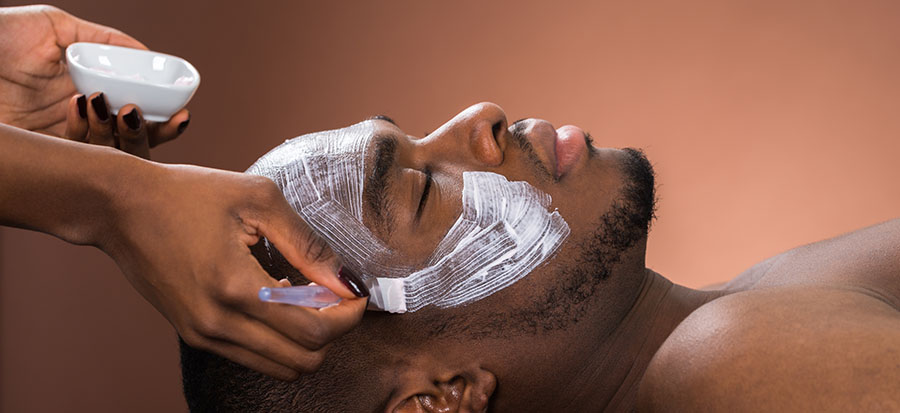
Regular, gentle exfoliation is necessary for our skin to remove dead skin cells, oil build-up and other impurities. However, sometimes we require a stronger type of exfoliation to target specific issues that our daily routine cannot. A chemical peel is ideal in this situation.
A chemical peel is a cosmetic procedure involving powerful exfoliating ingredients to remove damaged and dead skin cells, allowing healthy, youthful skin to shine through. It is a non-invasive treatment that targets various skin concerns and typically includes three levels of strength: light, medium and deep. During the procedure, Dr Maphosa applies the solution to your skin and leaves it on for a set amount of time before it is removed. In the following days, your skin will begin to peel away.
Dr Tinashe I Maphosa consults with patients before advising treatment, but should you be experiencing any of the following conditions, a chemical peel may be ideal for you.
Depending on the severity of your skin concern, Dr Maphosa will advise on a superficial, medium or deep peel.
There are three levels of depths of chemical peels that we provide:
Should you receive a chemical peel treatment, Dr Maphosa will first assess your skin and ask about your skin goals before recommending the level of the peel and the number of sessions.
Prior to your treatment, you may need to apply a retinoid or bleaching cream to assist with healing post-treatment. However, Dr Maphosa will advise you on how to prepare beforehand.
The procedure will differ slightly depending on the level of treatment you receive. For example, light peels are relatively straightforward, while deep peels require monitoring
It's standard to experience sensitivity, redness and inflammation immediately after the peel procedure. This will also differ in severity depending on the level of the peel. In the days following, you will notice your skin flaking and peeling off.
Once healed, you will notice your skin looking lighter, younger, and smoother. The aim of the chemical peel is to address pigmentation, wrinkles and other damage, so these should be significantly reduced after the procedure.
Dr Maphosa will provide you with post-treatment care guidelines to ensure you achieve the optimum results from your treatment. However, we recommend the following:
